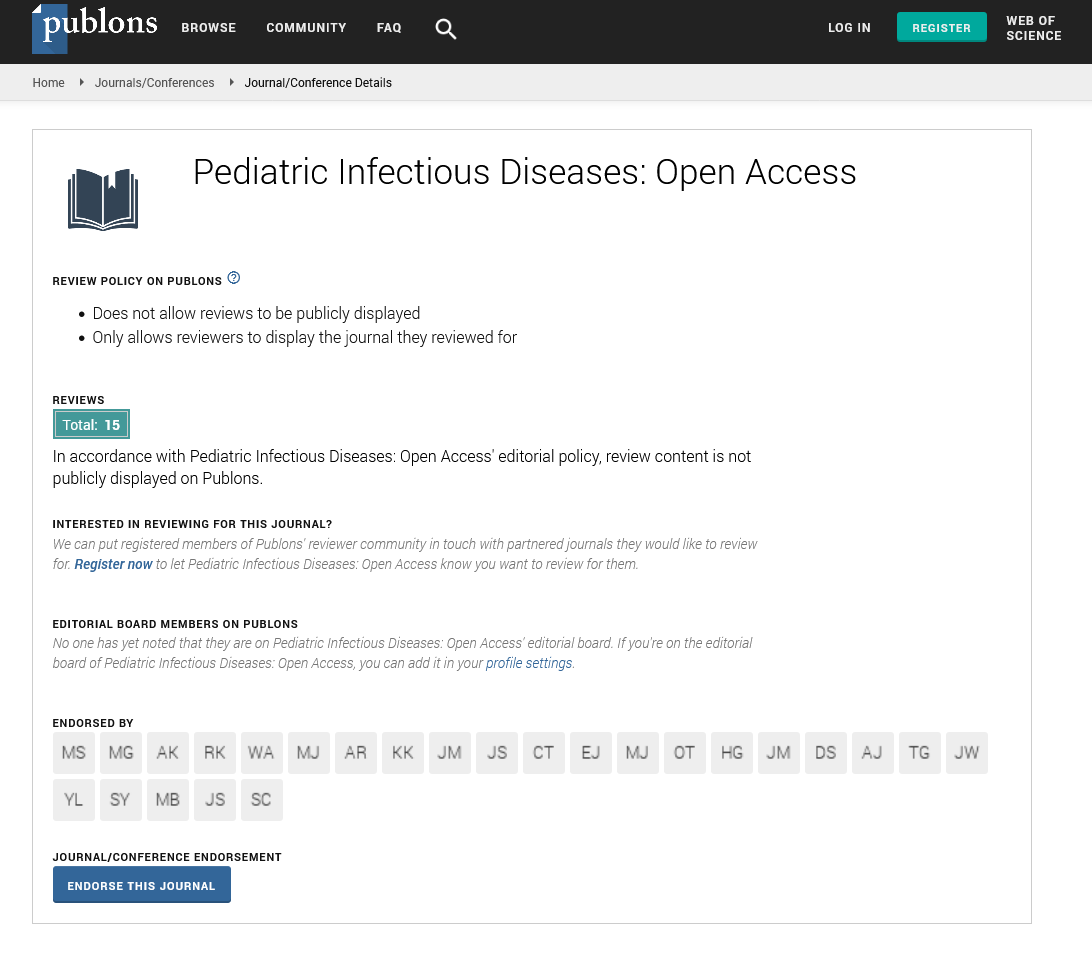Abstract
EMT-related record factors and YAP/TAZ arrange cell destiny and metastasis in osteosarcoma
Osteosarcoma (OS) is the most common primary bone tumor in children and adults and often leads to lethal pulmonary metastasis. Though epithelial-to-mesenchymal transition (EMT)-associated transcriptional factors (TFs), such as ZEB1, TWIST, SNAIL, or AXL, are known to initiate the metastatic cascade of carcinomas, their role in directing OS cell fate remains poorly understood. To explore how biophysical force, extracellular matrix, and the tumor microenvironment (TME) affect EMTTFs and cell fate, we evaluated OS cells cultured within an ex vivo experimentally-tunable acellularized lung microenvironment (ACL). The ACL allowed our team to isolate and characterize thousands of lab-derived EMTTF+ circulating tumor cells (dCTCs) that showed significant resistance to doxorubicin, expressed exceptional levels of YAP/TAZ, and biomarkers of proven importance in OS metastasis such as AXL. Focusing initially on AXL and TWIST, we assessed whether AXL inhibition could delay or reduce the emergence of pulmonary metastasis of MG63.2, a metastasis-prone OS cell line. In the preclinical setting, SGI7079 (a potent small molecule AXL inhibitor) suppressed AXL expression and limited migratory potential both in vitro and in vivo. We are excited to report that this novel AXL-directed approach has already entered clinical trials at MD Anderson, and we look forward to sharing preliminary results soon.
Author(s): Salah-Eddine Lamhamedi-Cherradi
Abstract | Full-Text | PDF
Share this

Google scholar citation report
Citations : 230
Pediatric Infectious Diseases: Open Access received 230 citations as per google scholar report
Pediatric Infectious Diseases: Open Access peer review process verified at publons
Abstracted/Indexed in
- Google Scholar
- China National Knowledge Infrastructure (CNKI)
- Cosmos IF
- Secret Search Engine Labs
Open Access Journals
- Aquaculture & Veterinary Science
- Chemistry & Chemical Sciences
- Clinical Sciences
- Engineering
- General Science
- Genetics & Molecular Biology
- Health Care & Nursing
- Immunology & Microbiology
- Materials Science
- Mathematics & Physics
- Medical Sciences
- Neurology & Psychiatry
- Oncology & Cancer Science
- Pharmaceutical Sciences


